Jira, a product by Atlassian, has become synonymous with efficient project management and issue tracking in the software development world. However, as organizations increasingly embrace agility and expand the use of Jira across various departments, the platform has evolved to offer distinct solutions tailored to diverse needs.
In this article, we delve into the intricacies of Jira Work Management and Jira Software, dissecting the key differences between these two powerful tools.
Whether you’re a project manager seeking streamlined workflows or a software developer focused on code-driven projects, understanding the contrast between Jira Work Management and Jira Software is crucial for optimizing your project management endeavors.
What Is Jira Software:
-
Built-In Agile Boards
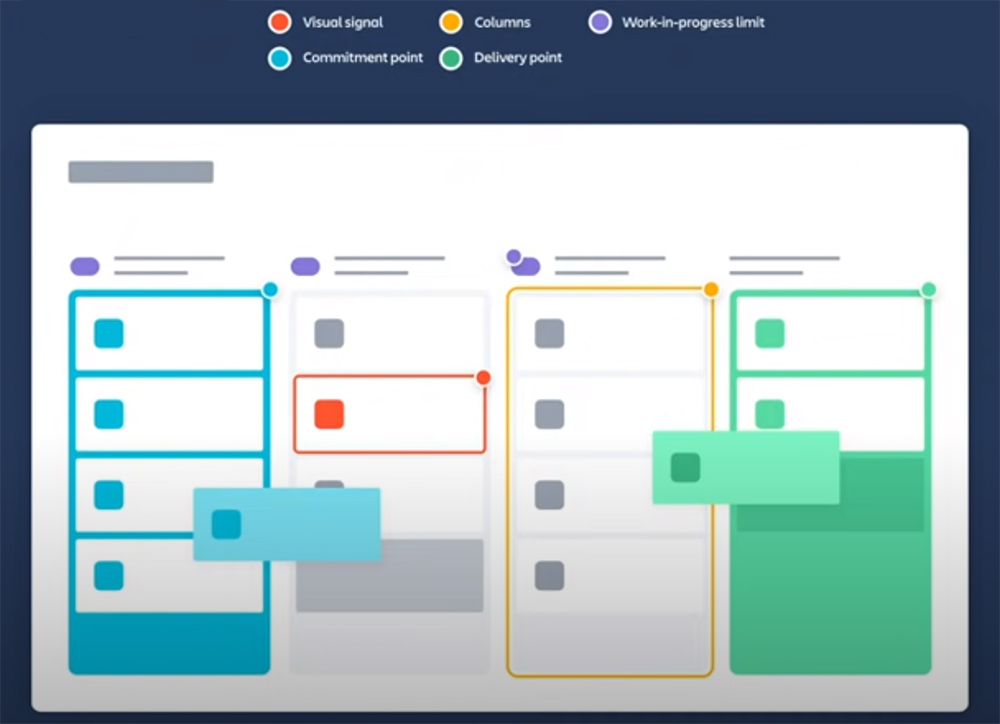
-
Backlog Management
In Jira Software, backlog management is a central feature. It allows teams to prioritize and organize their work items, typically in the form of user stories, epics, and issues. Teams can easily add, remove, or modify items within the backlog, ensuring that the most valuable work is tackled first. This feature is invaluable for teams looking to stay focused and deliver high-priority features or bug fixes.
-
Development Integrations
Integration is the lifeblood of modern software development, and Jira Software seamlessly connects with a myriad of development tools. Popular integrations include Git, Bitbucket, and GitHub, enabling developers to link code repositories with specific issues or user stories. This integration simplifies the tracking of code changes and streamlines the development process.
-
Product Roadmaps
Jira Software comes equipped with product roadmaps, a powerful feature for visualizing and communicating a product’s future direction. Product managers and stakeholders can create roadmaps that display the timeline of features, epics, and releases. This high-level overview helps in aligning development efforts with business goals, making it easier to track progress and make informed decisions.
-
Custom Workflows And Automation
Customization is a cornerstone of Jira Software, allowing teams to create tailored workflows that reflect their unique processes. Whether it’s defining the steps issues go through, setting up conditions, or triggering automation, Jira Software gives teams the flexibility to adapt the tool to their specific needs. This adaptability is particularly beneficial for teams with intricate or non-standard workflows.
-
Reporting And Dashboards
Data-driven decision-making is facilitated by Jira Software’s reporting and dashboard capabilities. It offers a range of pre-built reports, such as burndown charts and velocity charts, which provide insight into team performance and project progress. Additionally, customizable dashboards empower users to create visual representations of the data that matter most to them, enhancing transparency and facilitating collaboration [2].
What Is Jira Work Management:
-
Task And Issue Tracking In Jira Work Management
Jira Work Management is designed to cater to teams and departments beyond software development. It excels in the management of tasks, issues, and projects that span various functions like marketing, HR, and operations. This allows teams to consolidate their work within a single platform, promoting better visibility and collaboration.
-
Project Workflows In Jira Work Management
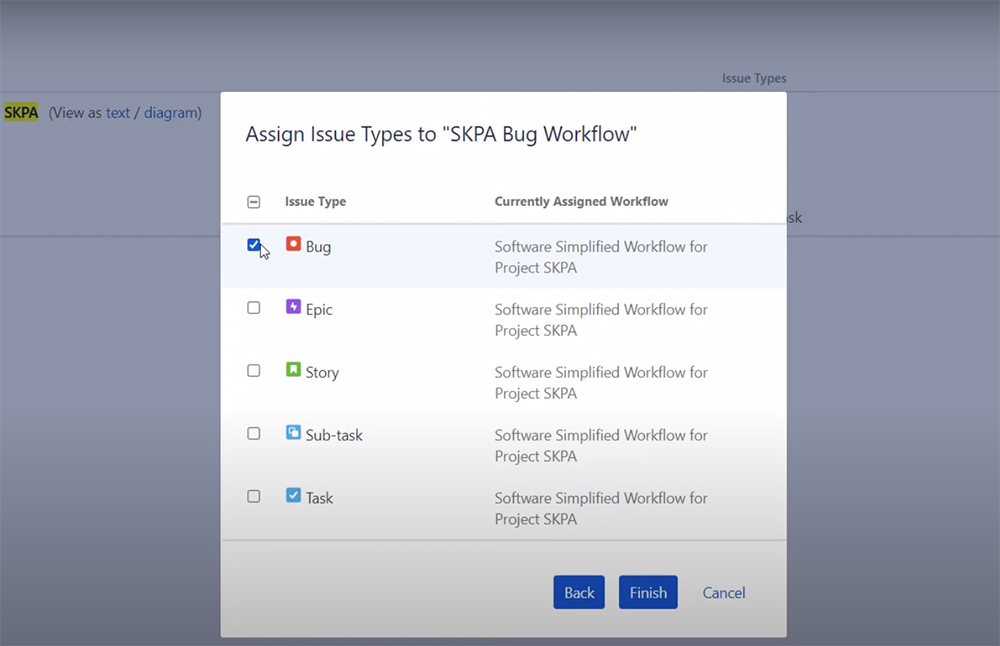
Jira Work Management introduces simplified project workflows, specifically suited for non-technical teams. These workflows are intuitive and easy to configure, making it straightforward for teams to manage their tasks without extensive technical knowledge. The emphasis is on simplicity and efficiency, which is ideal for teams that prioritize ease of use.
-
Dashboards And Reporting In Jira Work Management
Jira Work Management offers basic reporting and dashboard features, providing teams with a clear view of their work. While not as robust as Jira Software’s reporting capabilities, it is sufficient for many non-technical teams. It enables them to track progress, monitor workloads, and make informed decisions based on available data.
-
Collaboration And Notifications In Jira Work Management
Collaboration is at the heart of Jira Work Management. It fosters team collaboration by allowing team members to leave comments, attach documents, and @mention colleagues. Additionally, email notifications keep team members informed about relevant updates and changes, ensuring that everyone remains in the loop [3].
-
Customizable Fields And Permissions In Jira Work Management
Customization in Jira Work Management extends to fields and permissions. Teams can create custom fields tailored to their specific needs, capturing essential information and making it easily accessible. Furthermore, they can set role-based permissions, ensuring that the right individuals have appropriate access, and enhancing security and data control.
Use Cases For Jira Software And Jira Work Management
1) Use Cases for Jira Software:
Software Development Projects
Primary Use Case: Jira Software is purpose-built for software development teams. It excels in managing the entire software development lifecycle, from project inception to deployment and maintenance.
Key Features for Software Development:
- Agile boards (Scrum and Kanban) for sprint planning and issue tracking;
- Backlog management to prioritize and organize user stories, epics, and issues;
- Development tool integrations (e.g., Git, Bitbucket) to link code changes with specific issues;
- Product roadmaps for visualizing the software’s future direction;
- Custom workflows and automation for adapting to various development processes;
- Reporting and dashboards for data-driven decision-making and transparency [4];
IT Operations and Helpdesk
Primary Use Case: IT and helpdesk teams can leverage Jira Software to manage and resolve incidents, service requests, and infrastructure-related tasks efficiently.
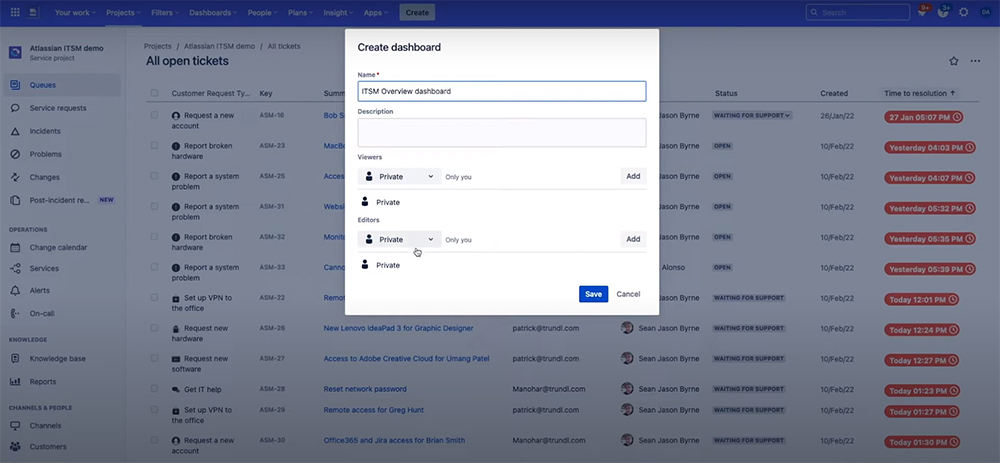
Key Features for IT Operations:
- Customizable workflows to handle incident management and service requests;
- Automation for routine tasks and escalations;
- Integration with ITSM (IT Service Management) tools;
- Reporting and dashboards for tracking service performance and identifying bottlenecks;
Project Management Beyond Software
Primary Use Case: While designed for software development, Jira Software is versatile and can be adapted for non-technical project management needs, such as marketing campaigns, content creation, or event planning.
Key Features for Non-Technical Projects:
- Agile boards to manage tasks and workflows;
- Customizable workflows for non-technical processes;
- Product roadmaps for visualizing project timelines;
- Reporting and dashboards for progress tracking;
2) Use Cases for Jira Work Management:
Non-Technical Teams and Departments
Primary Use Case: Jira Work Management is tailored for non-technical teams, departments, and individuals across various industries. It simplifies task management and project coordination for teams like marketing, HR, finance, and legal [5].
Key Features for Non-Technical Teams:
- Task and issue tracking for managing various work items;
- Project workflows designed for simplicity and efficiency;
- Collaboration features, including commenting, attachments, and notifications;
- Customizable fields and permissions for tailoring the platform to specific needs;
Business Process Workflows
Primary Use Case: Jira Work Management can be used to create and streamline business process workflows. It is well-suited for processes like procurement, vendor management, and compliance.
Key Features for Business Processes:
- Customizable workflows to model and optimize business processes;
- Task management for tracking work items and approvals;
- Collaboration and communication features for process participants;
- Reporting and dashboards for monitoring and improving processes;
General Task and Work Management
Primary Use Case: Jira Work Management is a versatile tool for individuals and small teams looking to manage their day-to-day tasks and projects effectively.
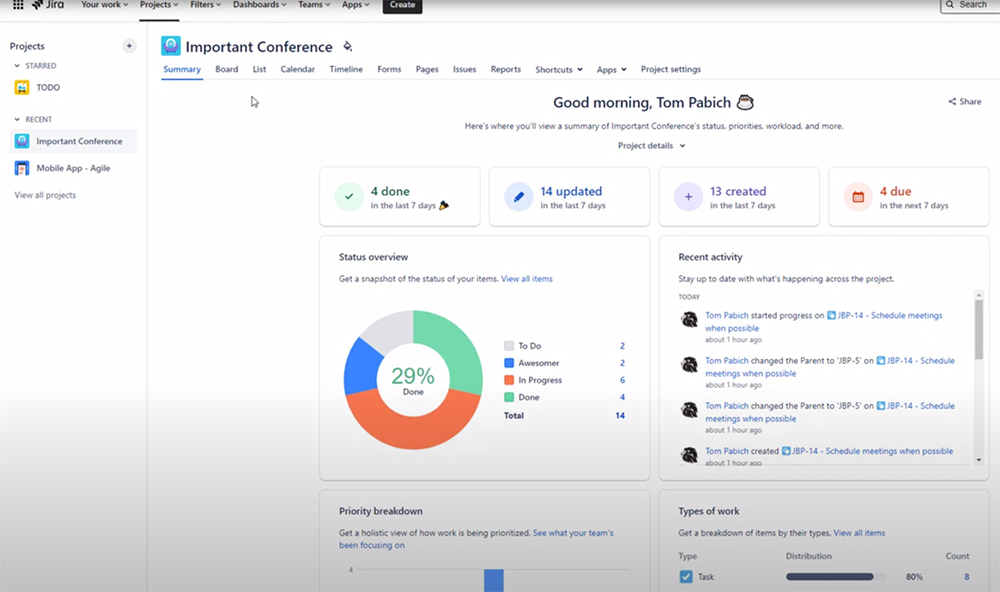
Key Features for General Task Management:
- Simple task tracking and organization;
- Collaboration through comments, attachments, and notifications;
- Customizable fields and permissions to adapt the tool to specific needs;
- Basic reporting and dashboards for visibility into personal or team tasks;
How Does Jira Work Management Differ From Jira Software:
Setting Up Projects:
- Jira Work Management: Setting up projects in Jira Work Management is straightforward and designed for non-technical users. It offers simplified project workflows, making it easy for teams to get started quickly;
- Jira Software: Jira Software is more intricate in project setup, as it caters primarily to software development projects. It provides various agile boards, such as Scrum and Kanban, which are highly customizable but may require more technical expertise to configure [6];
Project Management:
- Jira Work Management: Jira Work Management focuses on providing a user-friendly project management experience for non-technical teams. Its project management tools are intuitive and efficient for handling tasks and projects across different departments;
- Jira Software: Jira Software is geared towards managing software development projects. It offers extensive features for agile project management, ideal for development teams, and often includes complex workflows;
Campaign Management:
- Jira Work Management: Jira Work Management is well-suited for marketing and campaign management. It allows non-technical teams to track tasks and projects related to marketing campaigns, from content creation to social media management;
- Jira Software: While it can be adapted for marketing campaigns, Jira Software’s primary focus is software development, and its features are optimized for agile methodologies;
Web Design Process:
- Jira Work Management: Jira Work Management is suitable for managing tasks related to web design processes. It simplifies the task tracking and project coordination required for design tasks, making it accessible to design teams;
- Jira Software: Jira Software can also be used for web design projects, but its extensive features are oriented towards software development and may be more than what design teams need;
Creating and Viewing Tasks:
- Jira Work Management: Jira Work Management emphasizes simplicity in task creation and viewing. Its interface is designed for easy task management, making it accessible to non-technical users;
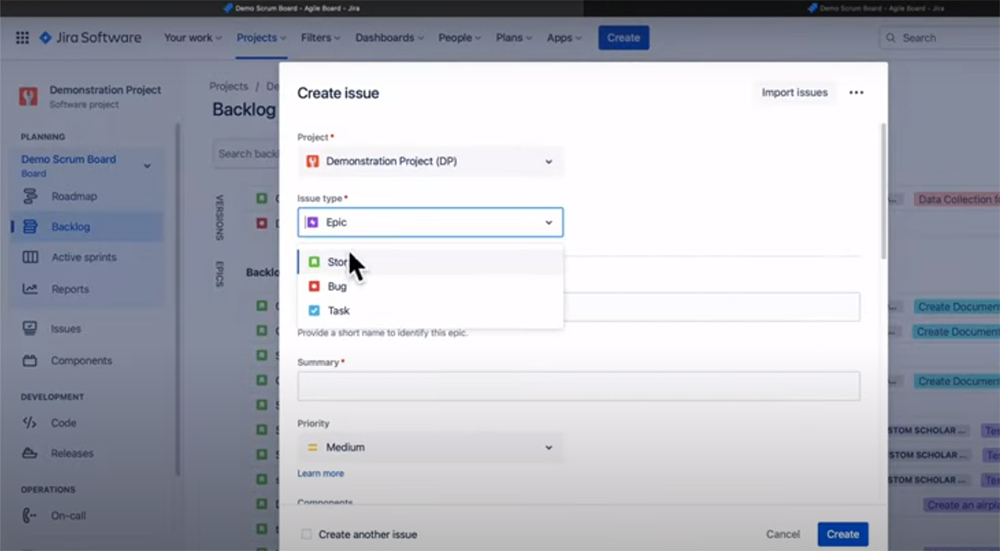
- Jira Software: Jira Software offers robust task creation and viewing options, including customizable issue types and extensive details for software-related tasks;
Gathering Information for Tasks:
- Jira Work Management: Jira Work Management streamlines the process of gathering information for tasks. It provides customizable fields for capturing the specific data needed for non-technical projects;
- Jira Software: Jira Software allows customization but is more oriented toward technical data capture, which may be excessive for non-technical teams;
Moving Work Forward:
- Jira Work Management: Jira Work Management is optimized for simplicity and efficiency in moving work forward. It provides straightforward project workflows, ideal for non-technical teams;
- Jira Software: Jira Software allows highly customizable workflows, which can be powerful but may require more time and expertise to set up [7];
Reporting:
- Jira Work Management: Reporting in Jira Work Management is suitable for basic task and project tracking, providing insights into project progress but without the extensive reporting capabilities of Jira Software;
- Jira Software: Jira Software offers robust reporting and dashboard features, designed for software development teams to make data-driven decisions;
Items vs. Issues:
- Jira Work Management: Jira Work Management often refers to tasks and work items as “items”. It uses this terminology to reflect its simplified and non-technical approach;
- Jira Software: Jira Software uses the term “issues” for tasks and work items, which is more in line with software development and technical project management;
Customize Your Project:
- Jira Work Management: Jira Work Management provides customizable features for tailoring projects to non-technical needs, with an emphasis on simplicity and user-friendliness;
- Jira Software: Jira Software offers deep customization, allowing users to adapt the platform to intricate software development processes, making it more technical in nature;
Use Ready-Made Templates:
- Jira Work Management: Jira Work Management offers pre-made templates that are well-suited for various non-technical use cases, saving time in project setup;
- Jira Software: Jira Software may require more custom configuration as it caters primarily to software development, where workflows can be highly specialized;
Built-In Views for Different Purposes:
- Jira Work Management: Jira Work Management provides built-in views and boards optimized for various non-technical purposes, simplifying the process of finding the right view for different tasks;
- Jira Software: Jira Software offers agile boards (Scrum and Kanban) primarily tailored for software development. Users can customize boards to fit their specific needs, but it may require technical expertise;
Reports Track Status and Not Lead/Cycle Time:
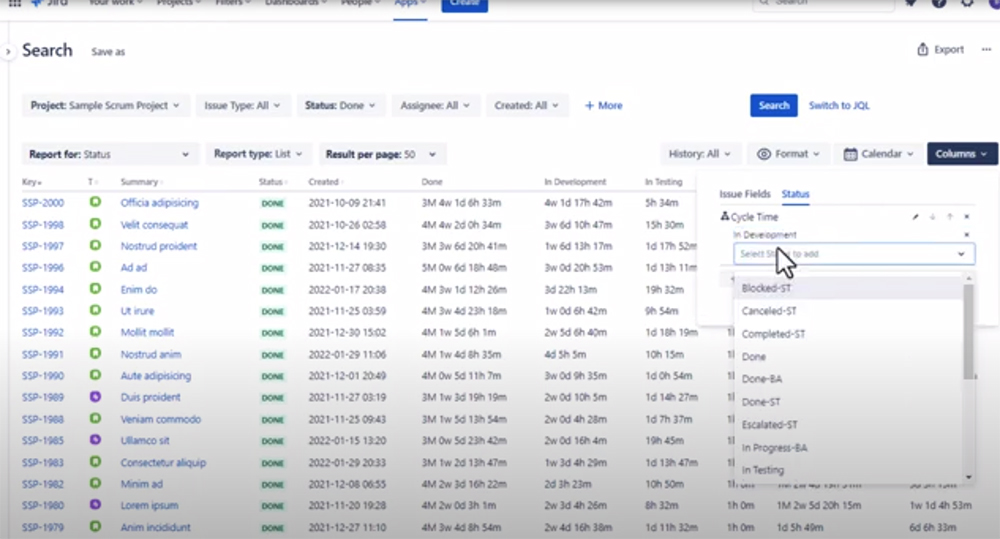
- Jira Work Management: Jira Work Management’s reports focus on tracking task and project status, making it suitable for non-technical teams;
- Jira Software: Jira Software provides more advanced reporting options, including lead time and cycle time, which are critical metrics in software development;
Synchronous Collaboration:
- Jira Work Management: Jira Work Management emphasizes collaboration through comments, attachments, and notifications, supporting real-time communication within the platform;
- Jira Software: Jira Software also supports collaboration, but its extensive integrations with development tools might require more synchronous communication in external tools like chat platforms;
5 Features In Jira Work Management That Jira Software Doesn’t Have:
Simplified Project Workflows
Built-In Views for Different Purposes
Jira Work Management provides a variety of built-in views optimized for different non-technical use cases, such as marketing, HR, and content creation. These pre-configured views simplify task tracking for teams without requiring extensive setup. Jira Software primarily focuses on agile boards (Scrum and Kanban) that are highly customizable but may not align with the specific needs of non-technical teams [8].
Campaign Management Tools
Jira Work Management is well-suited for marketing and campaign management. It includes features like campaign planning boards, which help marketing teams plan and track their campaigns, from content creation to execution. Jira Software, designed for software development, lacks these campaign-specific tools.
User-Friendly Interface for Non-Technical Users
Jira Work Management has an interface tailored to non-technical users, making it easier for teams in marketing, HR, and other non-technical departments to navigate and work within the tool. Jira Software, with its emphasis on software development, may have a steeper learning curve for non-technical team members.
Ready-Made Templates
Jira Work Management provides a library of pre-made templates suitable for various non-technical use cases. These templates streamline project setup and offer a starting point for teams in different departments. Jira Software, on the other hand, is more customizable but does not offer these ready-made templates tailored to non-technical needs.
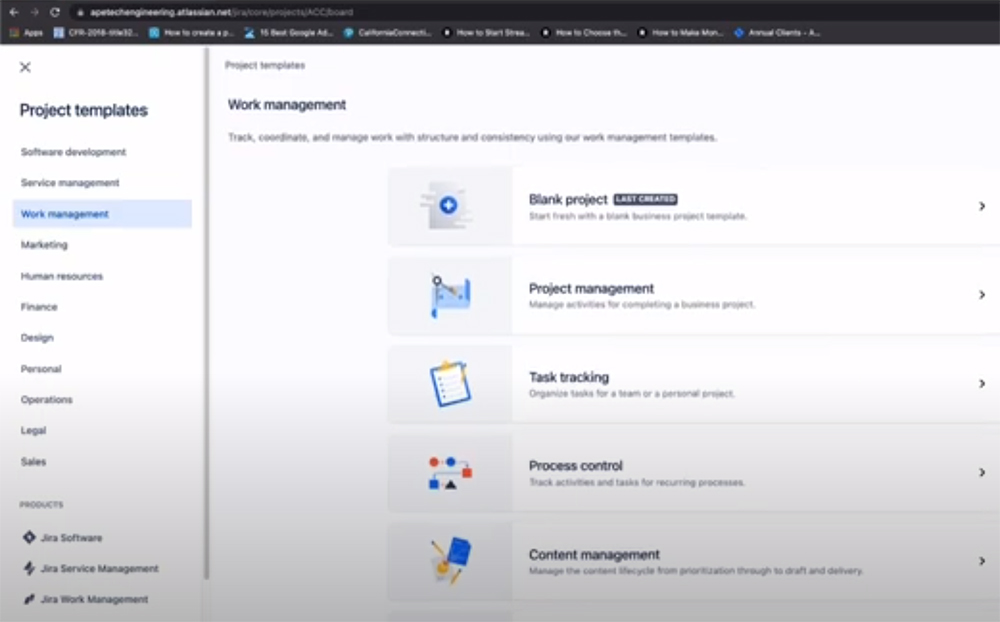
Using Jira Work Management And Jira Software Together
1) Identify Team-Specific Needs
2) Set Up Jira Work Management for Non-Technical Teams:
- Configure Jira Work Management to support non-technical teams, such as marketing, HR, finance, or legal. Create simplified project workflows and customize fields to align with the specific processes of these teams;
- Utilize built-in views and templates for various non-technical purposes, such as campaign management, content creation, or procurement [9];
3) Implement Jira Software for Technical Teams:
- Set up Jira Software for software development, IT, or other technical teams. Configure agile boards (Scrum or Kanban) to manage software projects. Integrate development tools like Git, Bitbucket, or Jenkins with Jira Software to link code changes with issues and streamline the development process;
- Integrate and Collaborate: Both Jira Work Management and Jira Software offer integration capabilities. Leverage these integrations to connect the two tools, ensuring seamless collaboration and data sharing between non-technical and technical teams;
- Standardize Reporting: Standardize reporting practices across both tools to ensure consistent tracking and accountability. This might involve setting up reporting templates or specific KPIs that apply to all projects, regardless of the tool used;
- Implement Governance and Permissions: Ensure that your organization has consistent governance and permissions in place. Define roles, access levels, and permission schemes that apply to both Jira Work Management and Jira Software, ensuring that data security and access control are maintained;
- Provide Training and Support: Offer training and support to users in both tools. Non-technical team members may require more guidance when using Jira Software, while technical teams might need assistance in understanding Jira Work Management’s non-technical features;
- Define Data and Workflow Interactions: Clearly outline how data and workflow interactions will occur between Jira Work Management and Jira Software. Determine which issues or tasks need to move between the tools and how information will be synchronized;
- Regularly Review and Optimize: Continuously review and optimize your use of both tools. As teams and projects evolve, adjust configurations, workflows, and integrations to meet changing needs;
- Implement Best Practices: Utilize best practices for project management and Agile methodologies within each tool. Share best practices between teams to promote consistency and efficiency;
- Centralize Communication: Use integrated communication tools like Confluence or chat platforms to centralize communication between teams using different tools. This ensures that important information and updates are accessible to all team members;
How To Get Started With Jira Work Management?
Sign Up for Jira Work Management:
If your organization is not already using Jira, sign up for Jira Work Management by visiting Atlassian’s website or contacting their sales team. You can choose to use Jira Work Management Cloud (hosted by Atlassian) or install it on your own servers using Jira Work Management Server.
Access Your Jira Work Management Instance:
Once you have signed up, you’ll receive login credentials. Use these credentials to access your Jira Work Management instance.
Create Your First Project:
- After logging in, you can create your first project. Click on the “Create Project” option and follow the setup wizard;
- Select a project template that aligns with your specific use case. Jira Work Management provides templates for marketing, HR, content production, and other non-technical purposes;
Customize Your Project:
Tailor your project by configuring project details, workflow, and fields. You can add custom fields to capture specific information relevant to your projects [10].
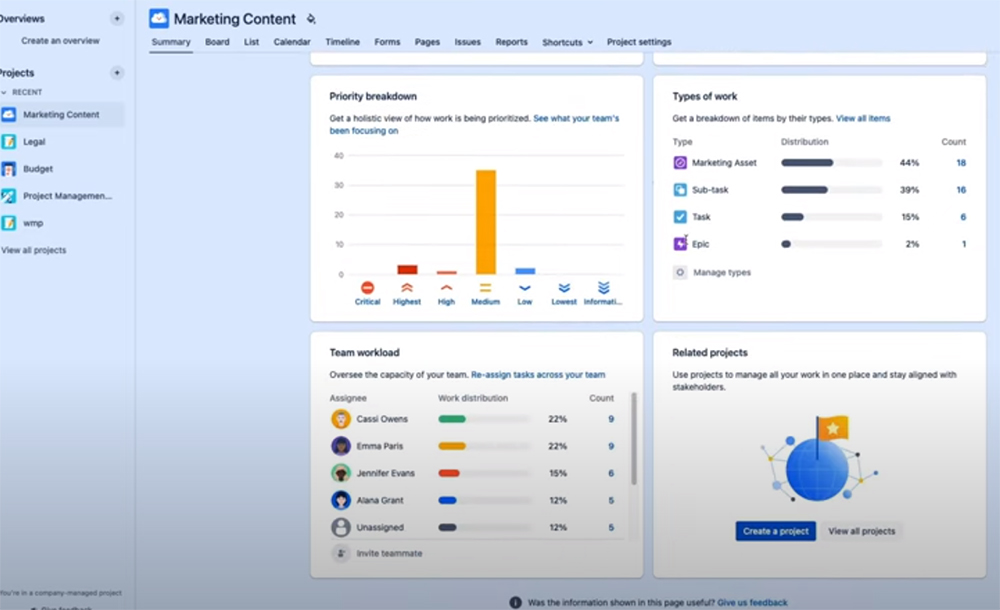
Invite Team Members:
Add team members or colleagues to your project. This can be done by entering their email addresses, and they will receive invitations to join the project.
Set Up Task Types and Categories:
Define task types and categories that are relevant to your project. Jira Work Management allows you to categorize tasks based on your needs.
Create and Assign Tasks:
Start creating tasks within your project. Assign tasks to team members and set due dates. You can also use @mentions to notify team members about specific tasks.
Utilize Built-In Views:
Take advantage of the built-in views provided by Jira Work Management. These views are tailored for different purposes, such as campaign management, content creation, or procurement. Choose the one that suits your project and team’s needs.
Collaborate and Communicate:
Use the platform’s communication features to collaborate with team members. Leave comments on tasks, attach documents, and use @mentions to communicate effectively within the tool.
Track Progress and Reporting:
Monitor project progress using the reporting and dashboard features. Track task status, deadlines, and other key performance indicators (KPIs) that matter to your project.
Explore Additional Features:
Training and Support:
If needed, provide training and support to your team members, especially those who are new to Jira Work Management. Atlassian offers extensive documentation and resources to assist users.
Regularly Review and Optimize:
Periodically review your project setup and configuration to ensure that it continues to meet your team’s evolving needs. Make adjustments and improvements as necessary.
Is Jira Work Management Included With Jira Software?
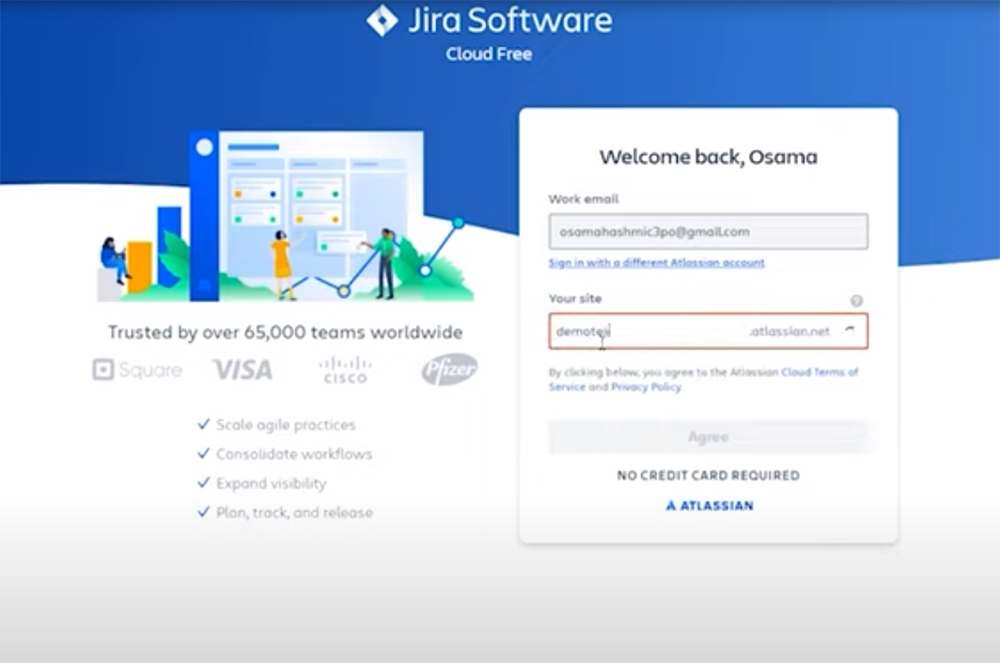
FAQ:
-
Is Jira Work Management different than Jira?
Yes, Jira Work Management is a different product within the Jira family. While it shares some core functionalities with Jira Software and Jira Service Management, it is designed for non-technical teams and offers simplified project management features.
-
What are the 2 types of Jira?
The two primary types of Jira products are Jira Software and Jira Service Management. Jira Work Management is often considered as a third product within the Jira family, tailored for non-technical teams.
-
What is the difference between Jira Software and Jira Cloud?
Jira Software refers to the software used for project management and issue tracking. Jira Cloud, on the other hand, is the deployment option, meaning it’s hosted on Atlassian’s servers and accessible through a web browser. You can use Jira Software both on-premises (Server or Data Center) and in the cloud.
-
Is Jira Work Management included in Jira Software Cloud?
Jira Work Management and Jira Software are distinct products, and they are not typically bundled together in Jira Software Cloud. You may need separate licenses for each product if you wish to use both in your organization.
-
Does Jira Software include Jira Service Management?
Jira Software and Jira Service Management are separate products, and Jira Software does not include Jira Service Management by default. You would need to license and set up each product separately.
-
What are the different versions of Jira?
The different versions of Jira include Jira Software, Jira Service Management, Jira Work Management, Jira Core, and Jira Align, each designed for specific use cases and industries.
-
What are the different types of Jira applications?
Jira offers various application types to address different use cases, including Jira Software, Jira Service Management, Jira Work Management, Jira Core, and Jira Align.
-
What are the components of Jira Work Management?
In Jira Work Management, components are used to categorize and group issues or tasks based on shared characteristics or functionality. Components help in organizing and managing work within a project.
-
How do I create a Work Management in Jira?
To create a project in Jira Work Management, log in to your Jira instance, click on the “Create” button, select “Project,” and choose a project template that suits your non-technical use case. Follow the setup wizard to configure your project details.
-
What is the difference between Trello and Jira Work Management?
Trello is a simpler task and project management tool compared to Jira Work Management. Trello is designed for lightweight project tracking, while Jira Work Management offers more robust features for non-technical teams, including campaign management and customizable workflows.
-
What is the difference between Jira and Jira Agile?
Jira is the overarching product that encompasses all Jira applications, including Jira Software (formerly known as Jira Agile). Jira Agile, now part of Jira Software, focuses on agile project management with features like Scrum and Kanban boards.
-
What is the best Jira workflow?
The best Jira workflow depends on your specific project and team needs. Workflows should be customized to align with your organization’s processes. You can create or modify workflows in Jira to suit your unique requirements.
-
Is Jira a Scrum or Kanban?
Jira is flexible and supports both Scrum and Kanban methodologies. It provides tools for creating and managing Scrum and Kanban boards to facilitate agile project management.
-
Is Jira Agile or Waterfall?
Jira is more aligned with agile methodologies, such as Scrum and Kanban, which promote iterative and adaptive project management. However, you can configure Jira to support waterfall-style project management if needed.
-
Is Jira a software or application?
Jira is an application, specifically designed for project and issue tracking. It is available in various product types and deployment options to suit different project management needs.
-
What is the alternative to Jira workflow?
Alternatives to Jira’s built-in workflow management include other project management tools and platforms like Asana, Trello, Monday.com, and Wrike. The choice depends on your specific requirements.
-
Can Jira create workflow?
Yes, Jira provides tools to create, customize, and manage workflows for your projects. You can define workflow steps, transitions, conditions, and validators to tailor the workflow to your specific processes.
-
What are the issues in Jira Work Management?
In Jira Work Management, “issues” refer to work items or tasks that need to be tracked and managed. These issues can include tasks, projects, assignments, and other work-related items.
-
Why use Jira Software?
Jira Software is used for software development and agile project management. It provides tools for planning, tracking, and managing software development projects, making it valuable for development teams.
-
Is Jira Software free?
Jira Software is not typically free. Atlassian offers various licensing and subscription options for Jira Software, and the cost depends on the number of users and the deployment type (Cloud, Server, Data Center).
-
Who owns Jira Software?
Jira Software is owned and developed by Atlassian, an Australian software company that specializes in collaborative and productivity software.
-
How many types of projects are there in Jira?
There are multiple project types available in Jira, including software projects, service management projects, work management projects, and more, each tailored to specific use cases.
-
Can you have Jira Service Management without Jira Software?
Jira Service Management can be used as a standalone product for IT service management and customer support. It does not require Jira Software to function.
-
How do I connect Jira Service Management to Jira Software?
You can connect Jira Service Management and Jira Software by setting up application links and configuring the integration between the two products. This allows for seamless communication and data sharing between the service desk and development teams.
Useful Video: Difference between Jira Work Management and Jira Software in under 10 minutes
References:
- https://www.atlassian.com/software/jira/work-management/product-guide/jwm-vs-jsw#what-is-jwm
- https://www.devsamurai.com/en/understanding-jira-software-vs-jira-work-management/
- https://www.eficode.com/blog/what-jira-work-management-is-and-how-it-differs-from-jira-software
- https://www.stagil.com/jira-software-vs-jira-service-management-vs-jira-work-management
- https://blog.veniture.net/en/jira-work-management-vs.-jira-software
- https://thejiraguy.com/2021/12/22/jira-software-vs-jira-work-management/
- https://www.trustradius.com/compare-products/jira-software-vs-jira-work-management#community-pulse
- https://deviniti.com/blog/enterprise-software/jira-work-management-jira-software-jira-service-management-and-jira-align/
- https://www.xalt.de/en/jira-vs-jira-service-management-vs-jira-work-management/
- https://www.stagil.com/blog/how-is-jira-work-management-different-to-jira-software








Leave a Review